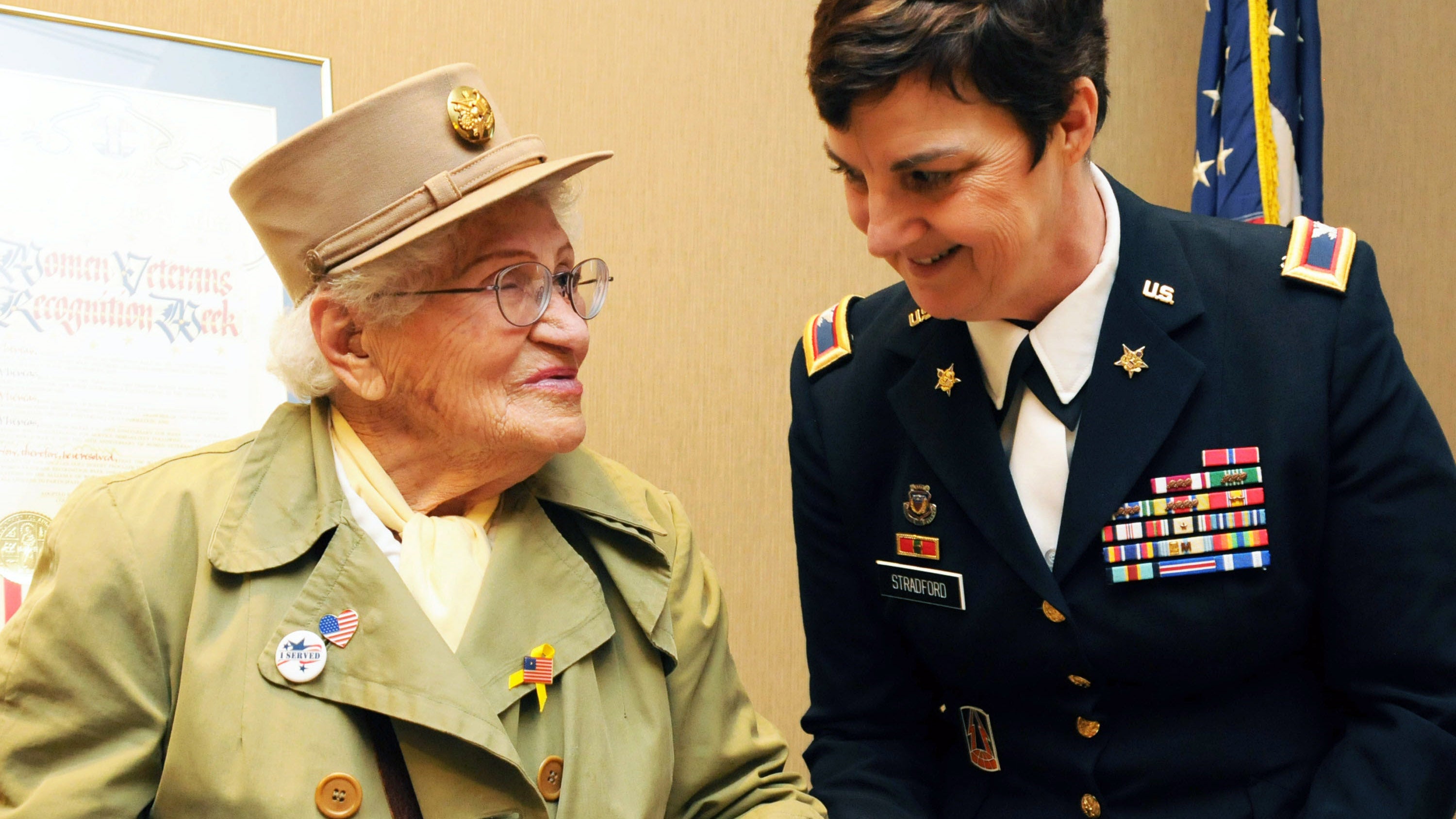Women Veterans Seek More Support
Women Veterans Seek More Support

As the share of women veterans in the U.S. grows, they are seeking more access to sources of support during their transition to civilian life, a panel of experts said during a recent Rand Corp. webinar.
Gaining awareness about women who serve is key to ensuring that women veterans identify with their service, said Ann Treadaway, an Army veteran who is director of Veteran and Military Programs and Services at Rutgers University.
“When people think of veterans, they think of men. That’s the visibility aspect,” Treadaway said during the “Veteran Women in Transition” webinar hosted by the Rand Epstein Family Veterans Policy Research Institute. “To really address women veterans’ needs … we have to educate … people about women, veterans. Because … the more we see women as veterans, I think we’re creating an environment that fosters them to engage and has them self-identify.”
There are more than 2 million veteran women in the U.S., according to the Department of Veterans Affairs. By 2025, the share of veteran women who served in the Army is projected to be 916,948.
Women who serve often feel they must balance their service with their femininity, Treadaway said. “I do think that there’s this fine line when women are serving that you’re expected to do your job and do it well, just like a man, but you’re also supposed to be walking this tightrope of femininity,” she said. “I think part of the transition out [of the military] and the difficulty is figuring out where to go and what to participate in. Should you participate, should you do things that are just for women?”
At times during their transition, they also may find it difficult to seek the intensity and adrenaline of a deployment in a healthy way. “I had just gotten back from my second deployment to Iraq, and I was getting out a few months later. I think the biggest transitional issue for me was the intensity and adrenaline and the high [experienced during the deployment],” Treadaway said. “So, I came back, and I started to participate in not the healthiest or extreme, adrenaline type of behavior.”
Though some patterns emerge among women veterans, Treadaway emphasized the individuality of women veterans and their experiences.
“I don’t think we’re a monolith, right?” she said. “Women veterans are coming from different places and require different support, and I think veterans in general need more intimate, targeted programming.”

